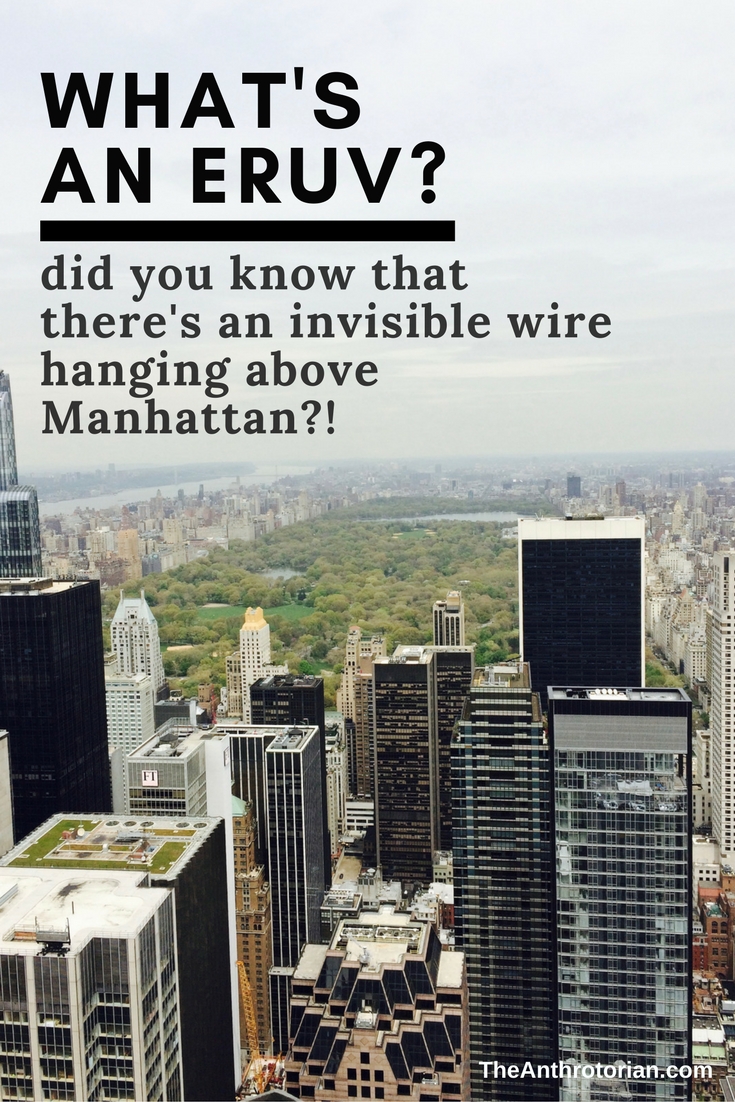Having lived most of my life in a country where contraception and sexuality are not taboo topics, I forget sometimes that not all cultures are as comfortable with the subjects.
I came face-to-face with this reality when I ran out of birth control pills while working in South Korea as an English Teacher.
Not familiar with the healthcare system in the country, I approached my friend Kim — a fellow teacher — who had found herself in a similar predicament only a few months earlier. She told me that after doing her own research online, she had learned that prescriptions were not needed to get the pill in South Korea, and so she had just gone to her local pharmacy.
Other than a brief look of disapproval from the pharmacist when she requested it, the whole interaction seemed to go seamlessly — or so she thought.
The next morning, she walked into work and found the place in an uproar.
Her principal pulled her into his office and told her that a mother of one of her students had seen her at the pharmacy the night before. The mother had taken Kim’s "purchase" as a sign of promiscuity, and had stormed into the school earlier that morning and pulled her child out of class, threatening to get other mothers to do the same.
Kim sat there in disbelief as it was explained to her that birth control was not something that modest women in South Korea used and that, though he didn’t judge her, it would be better if she were more discreet when purchasing that "particular item".
Her advice to me was that I avoid buying contraception anywhere near where I worked, unless of course I wanted to be permanently labeled as a sex addict like she had been.
It isn’t just in South Korea where a stigma surrounding contraception exists however, and it isn’t just around the pill. In most places, condoms are no easier to come by.
My advice?
Plan ahead as much as possible, be sensitive to the culture that you are travelling in, and know where International clinics are located in the countries you are planning to visit.
Lastly, be discreet, you will stand out enough just being a foreigner and you don’t want to risk getting caught with (the locals thinking you always have) your pants down!












